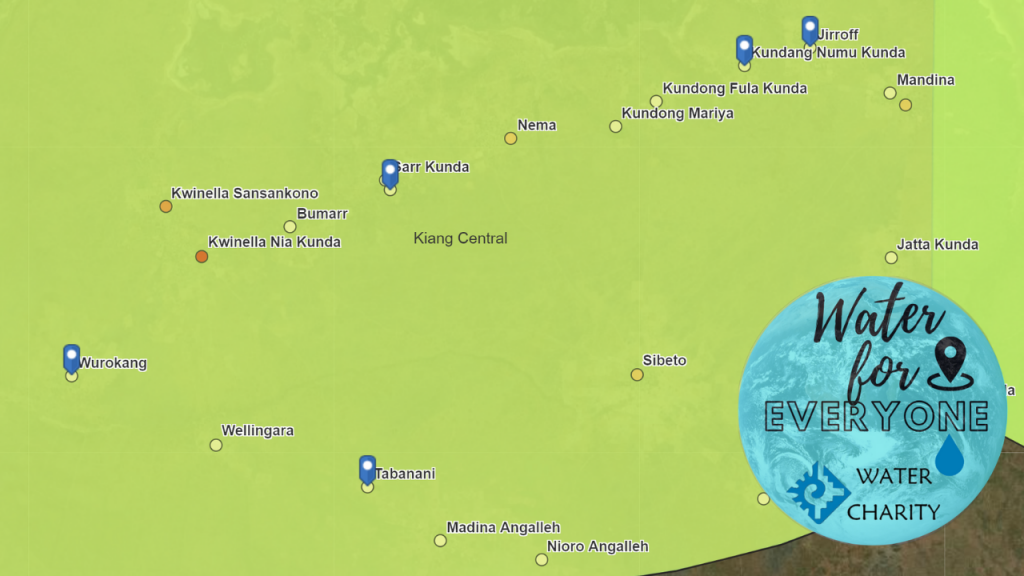
The Lower River Division (LRD) is divided into six districts: Jarra Central, Jarra East, Jarra West, Kiang Central, Kiang East, and Kiang West. This is Phase II of our Kiang Central Handpump Repair Tour. In Kiang Central, as in most of The Gambia’s rural villages, most men farm rice, groundnuts, and millet. Most women garden for subsistence food needs, as well as working in the rice fields. Farming is the main source of income, with groundnuts being the main cash crop and rice the staple one. Most farmers use traditional, subsistence farming methods with little or no modern equipment, and the scant surplus of crop, if any, is usually sold for a small profit.
The last few years of diminished rainfall means there is a lack of food to eat with no surplus to sell. These communities are close to the border with Cassamance, Senegal. The Cassamance side of the border is still forested; the Gambian side has been almost completely deforested. In times of poor harvest, these communities often cross the border to chop down trees to make into charcoal, to be sold in the market in the capital city of Banjul–causing the deforestation of Cassamance.
BAMBAKO VILLAGE
GPS: N13°24.408 W015°46.060
DESCRIPTION OF PROJECT COMMUNITY
This is a community made up of the Bambara tribe, which originates from Mali and settled in this part of Kiang Central District about a century ago. It is made up of the Touray, Yarbo and Keita clansmen. The community is usually neglected and as a result, is facing a severe clean water crisis. Sickness among children and women is common due to the lack of clean drinking water. The community is a subsistence farming community that mostly grows groundnut, maize and millet, basically for home consumption, which barely meets their yearly needs. The community has a population of about 300 people.
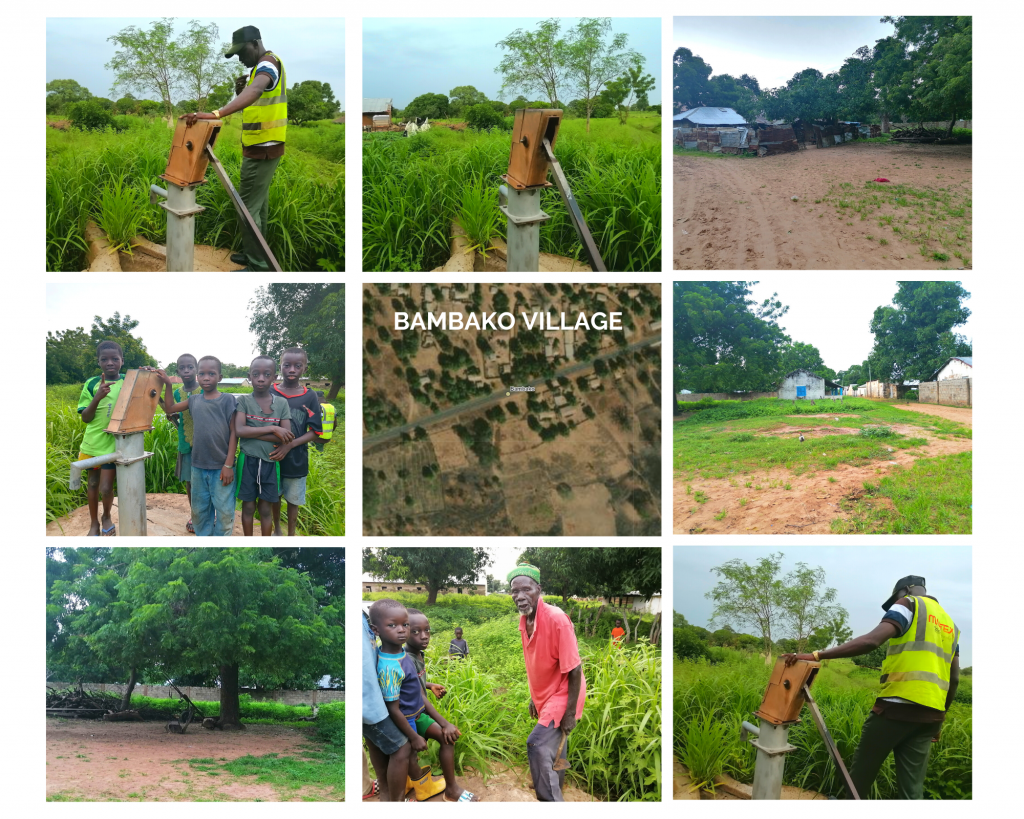
WORK TO BE COMPLETED
Change the conversion head, dewater and sanitize the well, and install a new cylinder, plus a handwashing station. In addition, the contractor will construct a new trough for the village ruminants to drink from, which will help the community economically.
WUROKANG VILLAGE
GPS: N13°22.682 W015°48.884
DESCRIPTION OF PROJECT COMMUNITY
This is a community of about 1,200 people, and it is dominantly made up of the Mandinka tribe. It has been historically known as one of the earliest villages within the Kiang Belt. The community has tremendous Mandinka cultural history, including Kankurang and Sewruba, among others. The community is a subsistence farming community producing groundnut, maize and millet–basically for home consumption. The community is grappling with a clean water crisis since the only water source cannot meet the people’s needs, resulting in people consuming contaminated water. Repairing or rehabilitating the broken water source will greatly help to provide ample clean drinking water to the community.
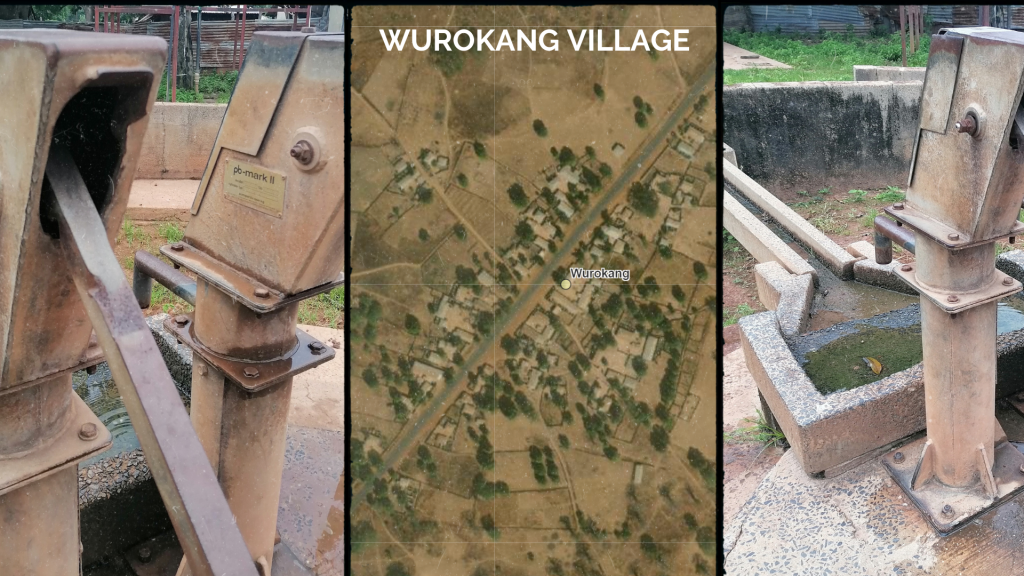
WORK TO BE COMPLETED
This twin hand pump requires two new cylinders, 4 stainless steel pipes with rods (two for each hand pump), and two new conversion heads. The well needs to be dewatered and sanitized, as well. As always, a handwashing station will be installed for COVID-19 safety precautions. The contractor will construct a new trough for the village ruminants to drink from, which will help the community economically.
KUNDONG NUMU KUNDA VILLAGE
GPS: N13°25.316 W015°43.014
DESCRIPTION OF PROJECT COMMUNITY
This is a community made up of about 400 Mandinka tribe members. The village was founded by a section of the Mandinka tribe called ‘’Numoo’’ meaning traditional blacksmiths. Thus, the name Numu Kunda is applied to the name of the community depicting the historical facts about the village. The ‘’Numoo’’ used to be in the lower caste in the ancient Mandinka caste system. The community used to be marginalized, but nowadays things are opening up. They are currently facing a severe clean water crisis as the only water source is broken. As a result, they walk a long distance to fetch water from neighboring communities, which are often not friendly to them.
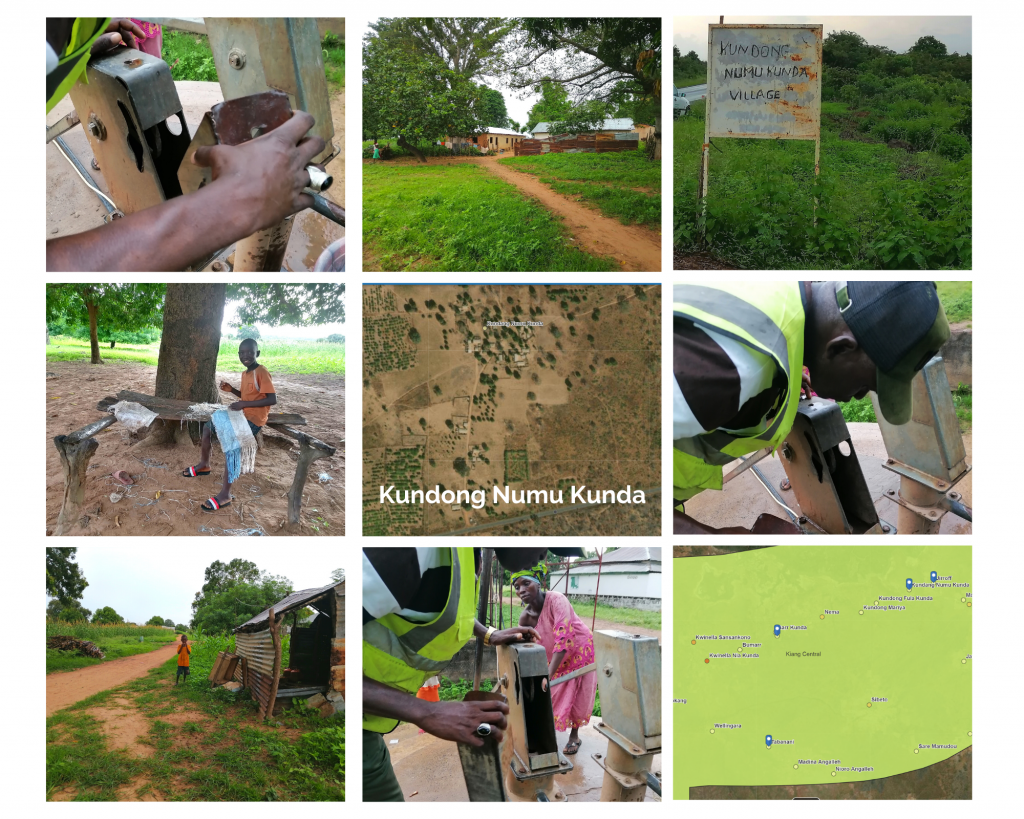
WORK TO BE COMPLETED
For this twin hand pump, we will install two new cylinders, two new conversion heads, new rod couplings (stainless steel), two chains, plus the installation of a handwashing station. The contractor will construct a new trough for the village ruminants to drink from.
TABANANI VILLAGE
GPS: N13°21.836 W015°46.306
DESCRIPTION OF PROJECT COMMUNITY
This is a Fula tribe community, which has a population of about 250 people. It is located not far from the Gambia and Southern Senegalese border. The community is remote and facing a severe clean water crisis. The community has only one water source, which has been broken for ages. They currently travel miles to the Senegalese border village of Sareh Ndamo just to fetch few buckets for sustenance. The community is made up of subsistence farmers and traditional pastoralists.
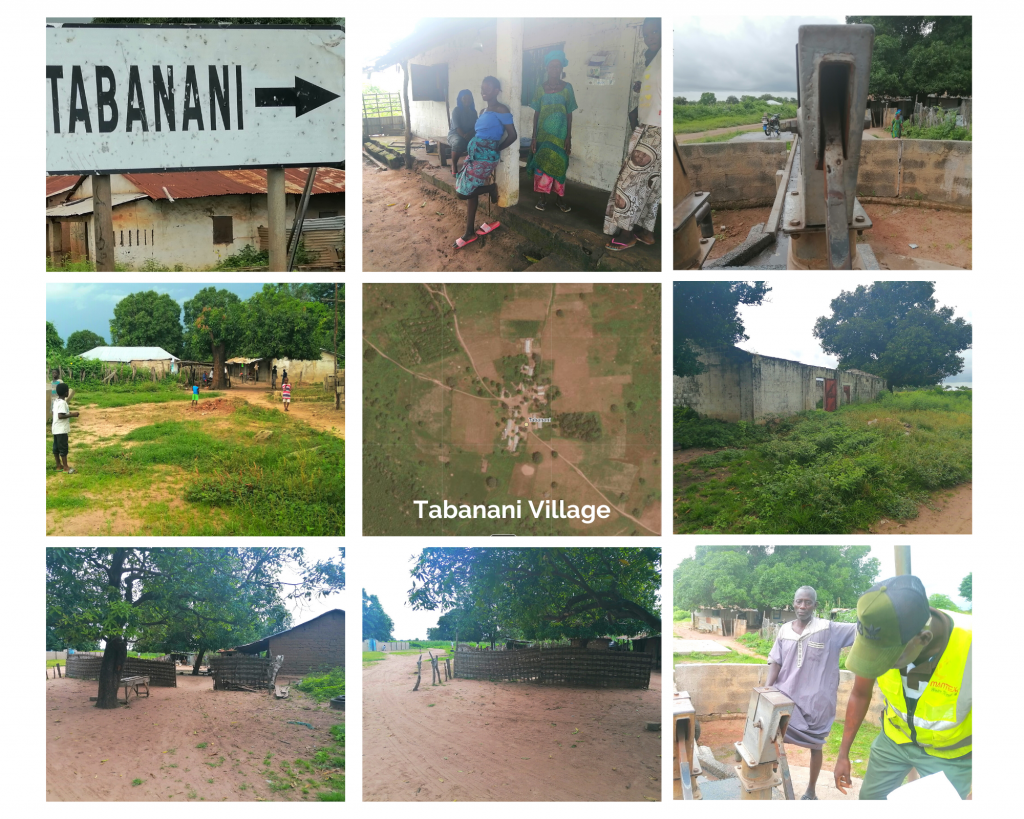
WORK TO BE COMPLETED
For these twin hand pumps, we will provide a new cylinder and 2 new conversion heads. The well needs dewatering and sanitizing, plus the installation of a handwashing station. The contractor will construct a new trough for the village ruminants to drink from, which will help the community economically.
JIROFF VILLAGE
GPS: N13°25.466 W015°42.469
DESCRIPTION OF PROJECT COMMUNITY
This community has a population of about 700 Fula and Mandinka tribe members. Both tribes have lived peacefully together for decades. The community practices subsistence farming–growing groundnut, maize and millet. The community is facing an acute shortage of clean water, considering the size of the population. There has been a relatively recent drop in the water table, attributed to climate change.
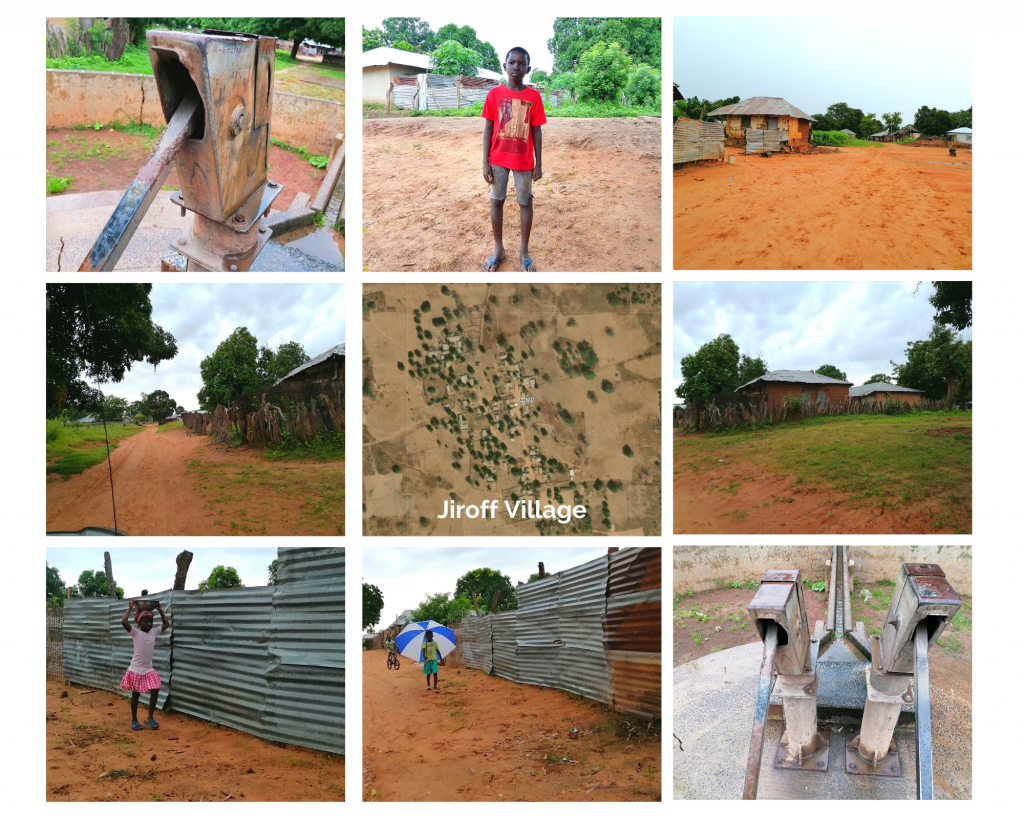
WORK TO BE COMPLETED
Like the others, this twin hand pump needs 2 new cylinders and 2 new conversion heads. It also requires new rod couplings (stainless steel), 2 pedestals, 2 chains, 4 pipes (stainless steel), plus the installation of a handwashing station. The contractor will construct a new trough for the village ruminants to drink from, which will help the community economically.
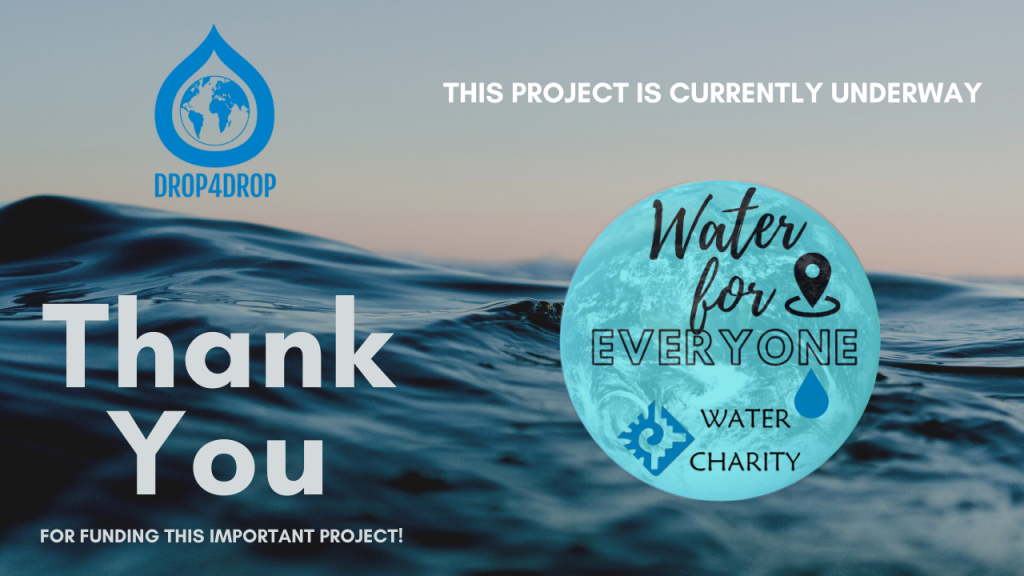

To read details about the conclusion of the project, CLICK HERE. To read details about the Kiang Central Handpump Repair Tour, Phase 1, CLICK HERE.